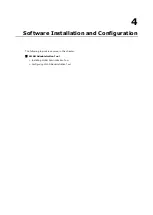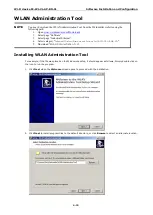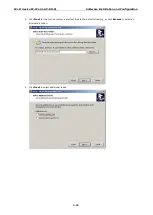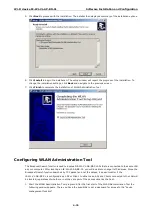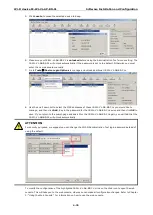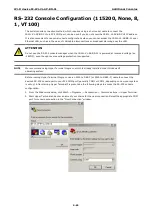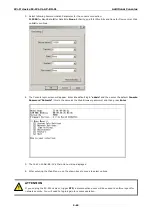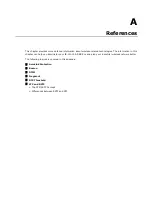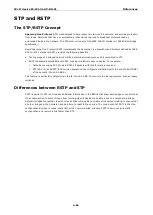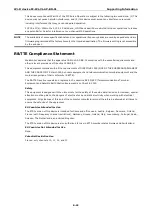
Wi-Fi device IE-WL-VL-AP-BR-CL
References
A-87
AeroLink Protection
In industrial applications, such as communication between off-shore oil platforms, or train-to-ground
communications, a reliable wireless bridge is essential to minimize system downtime and maximize system
availability. Weidmüller
’s AeroLink Protection provides a reliable wireless bridg
e between two networks to form
network-level redundancy.
1.
Communication Failover:
AeroLink Protection members can negotiate with each other to automatically
elect an Active node for data communication. If the Active node is no long capable of sending data to its
access point, it will inform other Backup nodes to resume the communication via another path.
2.
Frequency-Interference Failover:
This concept is similar to the previous model. If the communication
frequency experiences interference and data can no longer be transmitted over the Active frequency, it will
resume the connection via another Backup frequency.
3.
Device Failover:
After covering the communication and frequency failures, in order to provide a
single-point-of-failure free wireless network, AeroLink Protection also checks the device status. If the Active
node has a power failure, the Backup nodes will automatically resume the wireless communication.
4.
Scalable:
AeroLink Protection is designed to allow scalable backup paths so that users can realize complete
wireless redundancy from all of the above failure types by increasing the number of backup nodes.
5.
Fast Recovery:
In addition to maintaining a redundant wireless network, another key is providing
uninterrupted communication even when a failure occurs. AeroLink protection is designed to restore
commutation from all failures with 300 ms.
A member of the AeroLink Protection group can take one of the following seven states:
•
Initiation State (Init)
: Initiates the AeroLink Protection Protocol
•
Discovering State (Discover)
: Discovers other AeroLink Protection members for further negotiation
•
Idle State (Idle)
: Internal protocol checkpoint
•
Negotiation State (Nego)
: Negotiates with other AeroLink Protection members and elects an Active
node.
•
Backup State (Backup)
: After negotiation, this node is assigned as a Backup node. All traffic will go
through the Active node instead.
NOTE
When a node is in Backup state, the STATE LED will be blinking.
•
Active State (Active)
: After negotiation, this node is assigned as Active node, which means that all traffic
will go through this node.
•
Role Change State (Change)
: If the Active node is no longer capable of data transmission via the WLAN,
it will turn into Change State to trigger the re-negotiation of the Active node from the Backup nodes.
Beacon
A beacon is a packet broadcast by the AP to keep the network synchronized. A beacon includes the wireless LAN
service area, the AP address, the Broadcast destination address, a time stamp, Delivery Traffic Indicator Maps
(DTIM), and the Traffic Indicator Message (TIM). Beacon Interval indicates the frequency interval of AP.
DTIM
Delivery Traffic Indication Map (DTIM) is contained in beacon frames. It is used to indicate that broadcast and
multicast frames buffered by the AP will be delivered shortly. Lower settings result in more efficient networking,
while preventing your PC from dropping into power-saving sleep mode. Higher settings allow your PC to enter
sleep mode, thus saving power.

